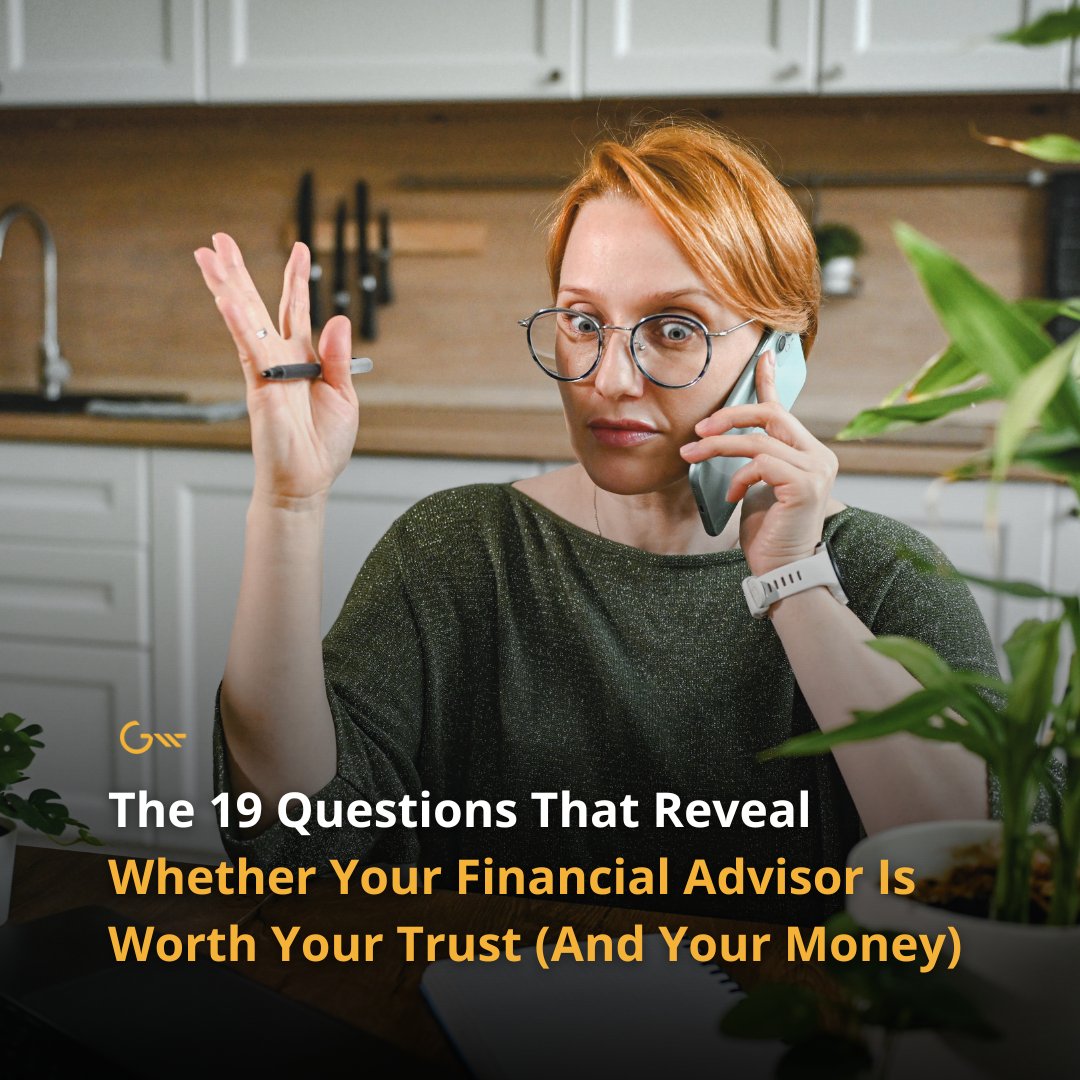
Micah Alsobrook CPFA® MBA | Retirement Plan Consultant
What the 2026 Retirement Contribution Limit Increases Mean for You.
11.19.25
IRS 2026 retirement contribution limits are up. But are you ready to use them wisely? Learn how Gatewood can help align these updates with your strategy.
Read More
John Gatewood CFP® CLU® | Founder | Director of Advisor Development
Your Year-End Insurance Review: Protecting What Matters Most
11.18.25
You review your investments and tax plan regularly, but when was the last time you reviewed your insurance? In this timely article, John Gatewood explains why year-end is the ideal time to revisit life, disability, umbrella, and long-term care coverage. As life evolves—new assets, children, business growth—so should your insurance. Learn the key questions to ask, the most common gaps we see, and how integrated planning can strengthen your financial foundation for years to come.
Read More
Monica McDaniel | Director | Gatewood Tax & Accounting
2025 Business Tax Planning: Capitalizing on the One Big Beautiful Bill’s Game-Changing Provisions
11.15.25
The 2025 tax year brings sweeping changes for business owners. The One Big Beautiful Bill Act introduces four new above-the-line deductions via Schedule 1-A, reshaping compensation, benefits, and payroll reporting. Monica McDaniel, Director of Gatewood Tax & Accounting, outlines what these provisions mean for your operations and how smart employers can turn these adjustments into long-term strategic advantages. From tip and overtime exemptions to enhanced senior deductions, this blog unpacks the specifics—and what actions to take before year-end.
Read More
John Gatewood CFP® CLU® | Founder | Director of Advisor Development
How To Talk To Your Family About Money & Legacy This Holiday Season
11.10.25
Most families avoid talking about money and legacy—until it’s too late. When a loved one passes, the last thing anyone wants is to look around the room and ask, “Did you know what they wanted?” This guide helps you start the conversation now, align your values, and ensure your wealth is passed on with purpose, not confusion.
Read More
John Gatewood CFP® CLU® | Founder | Director of Advisor Development
Finish Strong: Financial Rituals to Lock In Your Year-End Success
11.03.25
What if finishing this year strong matters more than how you start the next? Discover six financial rituals that help families create clarity and confidence before the year closes.
Read More
John Gatewood CFP® CLU® | Founder | Director of Advisor Development
The 19 Questions That Reveal Whether Your Financial Advisor Is Worth Your Trust (And Your Money)
10.27.25
The right financial advisor should guide more than your investments—they should guide your life decisions. These 19 questions reveal who’s worth trusting.
Read More